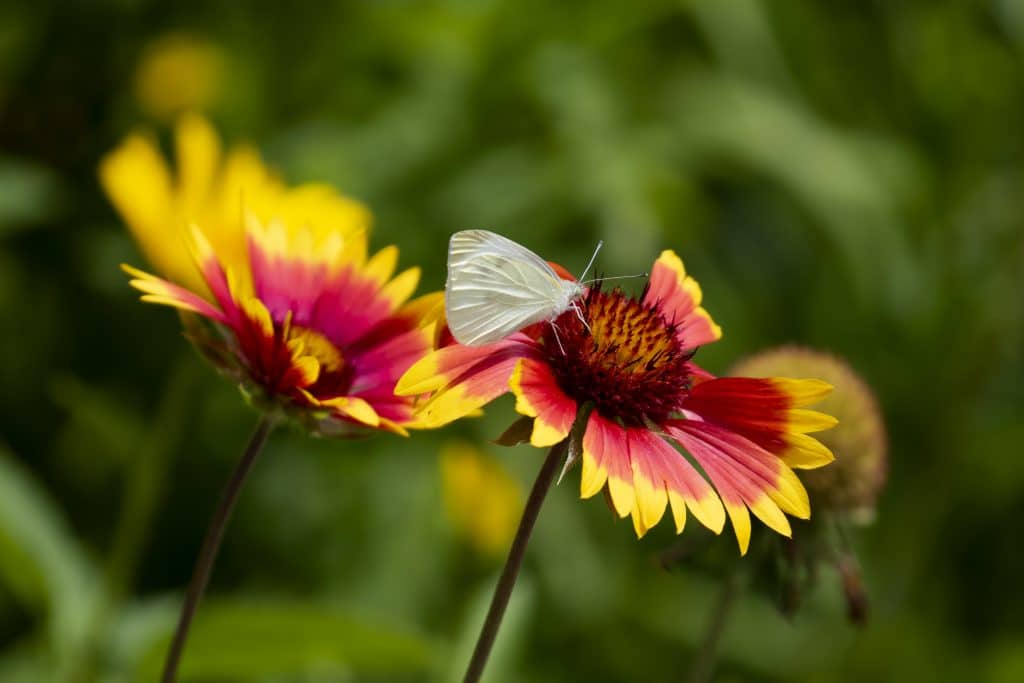
Now that the temperature outdoors is moving up, it’s starting to feel like spring has really sprung! One of the things that I look forward to each spring is the blooming of flowers. As I sit on my front porch writing this, I can see dandelions, violets, and wild strawberries in bloom on my lawn just a few feet away. After a long winter looking at a frozen landscape, flowers seem to be colorful and vibrant messengers of new life. But we aren’t the only ones attracted to flowers. Have you ever taken the time to sit and watch who visits a flower?
For this week’s activity I’d like to invite you to watch some flowers.
Materials you will need:
Camera/smartphone
Parts of a flower diagram (PDF)
Insect/plant monitoring data sheet (PDF)
Magnifying lens (optional)
Pencil
Something to write on
The first step is to find out what plants surrounding your home or local area are now in bloom. Pick one to start with and take some photos (from different angles). Observe your flower closely. Using the Parts of a Flower diagram, see if you can identify the parts of the flower you have chosen and what the functions of these parts might be. If you’re not sure what type of plant this is, you can use the free Seek app to help with plant identification.
Next, use the timer on your phone and set it for ten minutes. During this time you’ll observe what insects are visiting your flower. For each insect, you’ll record data on the insect/plant monitoring data sheet. Be sure to stick to what you actually observe and save your interpretations for the “reflection” section at the end.
Finally, see if you can connect what you have learned about the function of flower structures to what you’ve observed the insects doing. How might the structure of your particular flower encourage specific insect visitors? If you were to design a flower for an imaginary pollinator, what might that flower look like? Use your imagination as you sketch out your design and label the parts of both the flower and its visiting pollinator.
Flowers play a very important role in our environment. First, they enable plants to reproduce through a process called pollination. Pollinators (animals or insects who transfer pollen from plant to plant) are vital to the survival of Earth’s ecosystems. The millions of birds that have descended on Maine during their spring migratory journeys rely on these pollinators as a food source. Our native plants support the insect species that these birds need in order to reproduce and raise their chicks.
Native plants have evolved to successfully attract their native insect pollinators. Just like your imaginary pollinator was perfectly suited to its particular flower, native Maine pollinators are adapted to survive on our native Maine flowering plant species. Did you know that chickadees require more than 6,000 caterpillars to raise one nest of chicks? Without enough native plants to support these caterpillars, the chickadee’s chicks would not survive!
HOW YOU CAN HELP
Encourage your family and friends to plant more native plants around their homes. Unfortunately, most of the landscaping plants available in many stores are alien species from other countries that do not support many local pollinators. Maine Audubon has put together a Maine Native Plant Finder to help people find the best plants for specific sites that will provide the greatest benefit to our local wildlife.
Our educators, scientists, advocates, and naturalists are committed to keeping you connected to the natural world as we deal with the coronavirus situation together. Check in every weekday on our Connections page for family activities, parent/teacher tips, backyard birding, nature exploration at our sanctuaries, and more.
